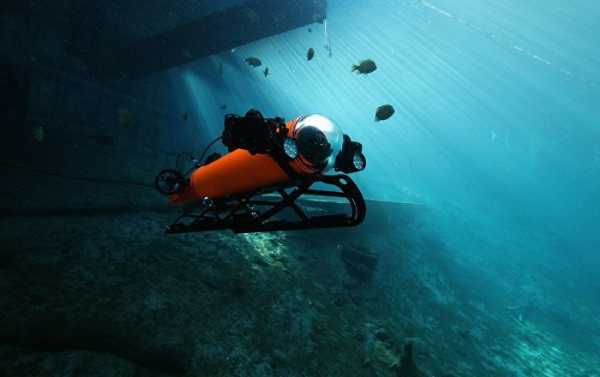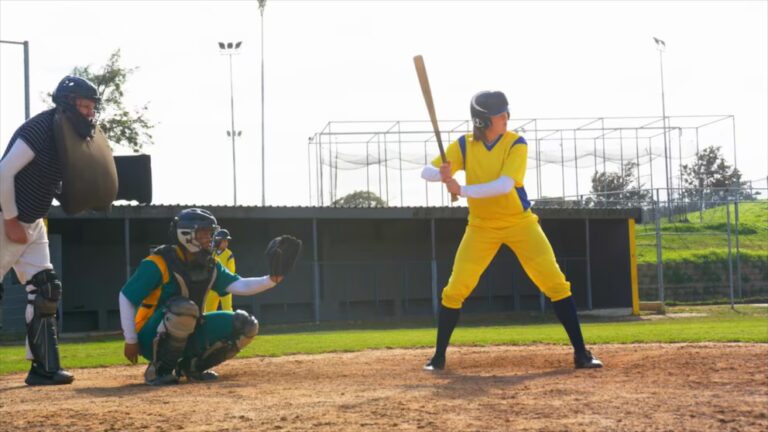
Military swarming battle tactics are designed to suppress or saturate the defenses of the target. When it comes to naval and aquatic robotics, even more, not less, as a group of smart UAVs operating in a swarm can be invaluable both on and under the surface of the sea.
Weighing just two kilograms and being deployed in groups to collect SYNOPTIC data, a new model of micro unmanned ground vehicles (USV) and unmanned underwater vehicles (NDC) was released in Australia and the USA Aquabotix of the company.
SwarmDivers — called drones — can function simultaneously as a single coherent entity. They can be easily controlled using a single operator on the surface and perform immersion on the team to collect valuable intelligence data.
Mini unmanned vehicles, an invaluable role in their military and security, can dive to a depth of 50 meters and send wireless feedback data after surfacing. They come with a TV with a high temperature accuracy (+/-0.1 degrees Celsius) and pressure sensors (+/- 2 cm depth), as well as the use of multiple satellite constellations GPS to +/-1m location accuracy.
“SwarmDiverTM achieve amphibious tactics as it is designed to handle dynamic operational situation, including intelligence, surveillance and Reconnaissance (isr) missions and complex, coordinated attacks via tracking, longitudinal and all-consuming goal. In addition to the protection and security applications SwarmDiversTM can be deployed in research, management of harbour and Oceanography” of the company for the Whitney millions, CEO of Aquabotix said.
The company is not the first year of studies of the use of swarm robotics. In 2016, researchers from the Institute of telecommunications at the University of Lisbon and Lisbon University in Portugal, studied cooperation and Roy showed a reasonable water surface robots capable of working together to complete various tasks.
Water drones become more advanced, their role in enhancing military ships is increasing, and their potential to provide less costly and a danger to life alternative to various military operations. In other words, marine robots can act as support fleets.
On the basis of Darwinian evolution, each robot has a set of guidelines on how to act in relationship with each other, as well as tasks such as coordinated movement, chaining, aggregation, flocking, hole avoidance, social learning and others.
The downside, of course, is a scenario in which Roy fails, whether due to technological or shortcomings of programming. While the level of dependence of the Navy on water drones and reliability of bots on the independence and reliability grow and the risks associated with them largely not been studied long-term status of operational suitability.
Sourse: sputniknews.com






